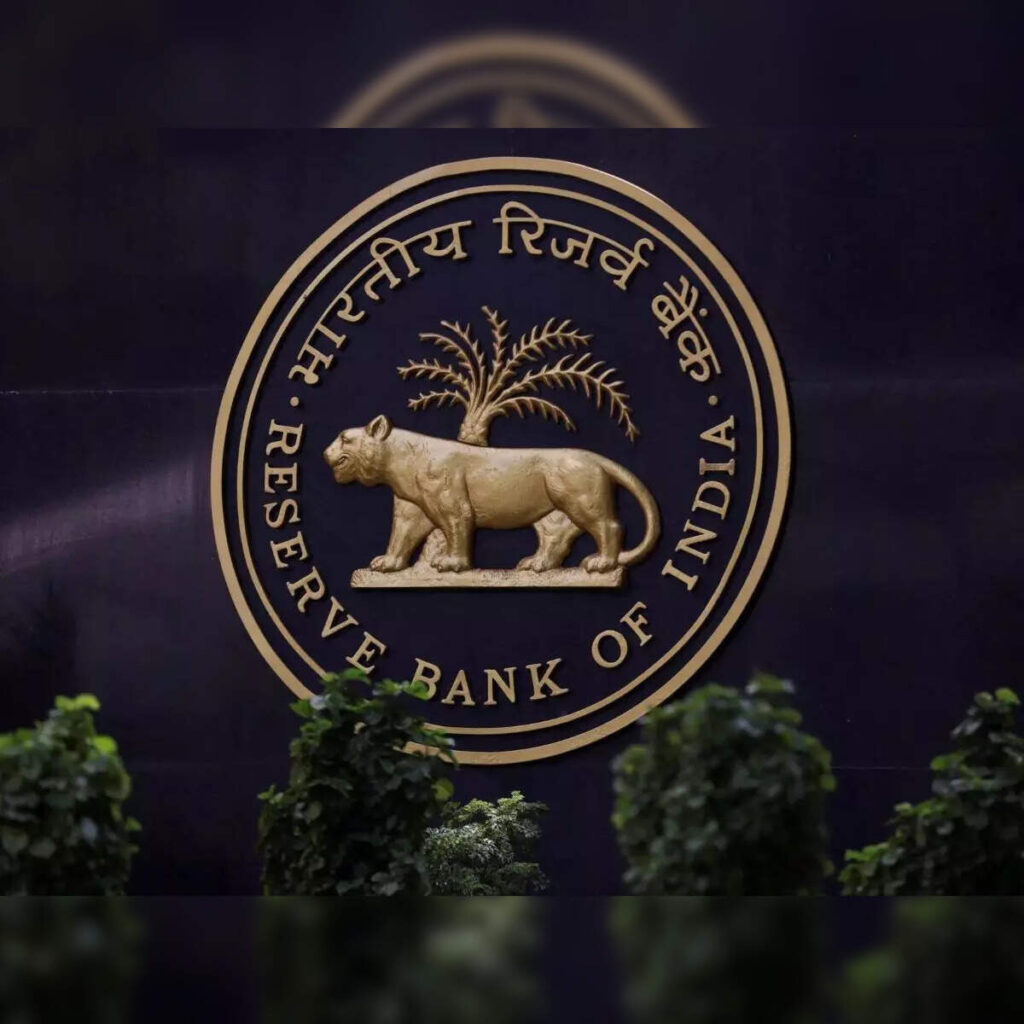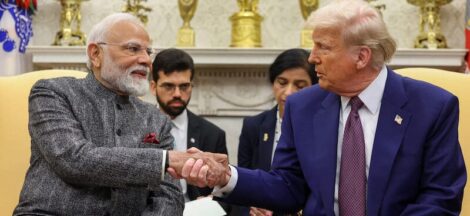By Anjan Roy
As the global economy has been riven apart by Donald Trump’s wide-ranging tariffs, the Reserve Bank of India on Wednesday announced a cut in its basic policy interest rate by 25 basis points. In the prevailing environment of deep uncertainty, a marginal cut in the policy rate is neither here, nor there. It cannot have any significant impact.
But the move has a signalling value. This little cut in the repo rate introduces a phase of softening of interest rates from now on. That is important. The Reserve Bank’s new governor, Sanjay Malhotra, has observed in his policy statement that the RBI now moves on from a “neutral” stance in its monetary policy to an “accommodative” stance. There lies the crux.
The major players can now expect that RBI’s policy state should now be more encouraging growth of the Indian economy than its primary concern as a vigil over the price front. Maybe, that is a reasonable stance in the current context when Indian growth rate has just recovered from what the governor described as “underwhelming”. RBI is seeking to encourage growth over inflation management in the current context.
The monetary policy committee, which is tasked with the formulation of the monetary policy, unanimously agreed on the rate cut. It felt comfortable about such a decision when the inflation rate has shown falling trend. The RBI has enough reasons to maintain that inflation rate should converge on the target level of 4% in course of the current year.
RBI always says, its decisions are always data driven. More particularly, for the critical indictor of price, the RBI follows the trends in CPI closely. The figures speak for RBI confidence in inflation management.
CPI headline inflation declined by a cumulative 1.6 percentage points during January-February 2025, from 5.2% in December 2024 to a low of 3.6% in February 2025. This could happen primarily because two major component of CPI —food and fuel — prices have traced lower levels.
RBI has cited “with a strong seasonal correction in vegetable prices this year, food inflation dropped to a 21-month low of 3.8 per cent in February from 5.7 per cent in January 2025.” Additionally, “deflation in fuel group, year-on-year, was at (-) 1.3 per cent in December 2024, (-) 1.5 per cent in January 2025 and (-) 1.3 per cent in February 2025”.
Thus with that headache over CPI trends now seemingly under control, the RBI chose to concentrate on encouraging growth. This is particularly impotent in the present geo-political situation. The global economy is melting down under the heat of Trump’s unpredictably harsh and unreasonable steps. Global growth is feared to go down several notches, according to a computation of the OECD.
Against this background of uncertainty, the RBI worked out the implications of the recent global trade and related policy uncertainties in the fate of the Indian economy. Governor Malhotra has summarised these threats: “First and foremost, uncertainty in itself dampens growth by affecting investment and spending decisions of businesses and households. Second, the dent on global growth due to trade frictions will impede domestic growth. Third, higher tariffs shall have a negative impact on net exports.”
In this context, in RBI’s assessment, “the domestic growth-inflation trajectory demands monetary policy to be growth supportive, while being watchful on the inflation front. We are aiming for a non-inflationary growth that is built on the foundations of an improved demand and supply response and sustained macroeconomic balance.”
So far, so good. There are at least two vulnerabilities which RBI seems to have accepted as fairly stable and comfortable. First, India’s services exports and, secondly, the possibilities of financial instability triggered by the global financial markets gyrations.
The Trump tariffs have not taken into consideration the services sector and the tariffs have been placed on merchandise goods exports largely. In case, Trump suddenly veers around on services exports, India could be extremely severely hit. Our physical goods exports account for just 2% of GDP. Services exports constitute a far larger proportion.
Any moves crimping on services exports can paralyse the Indian economy. Even otherwise, India’s services exports are facing an existential threat from the advances in artificial intelligence (AI). Many of the services exports constitute of repetitive and a predictable services. These services could very well be done by AI tools and thereby make the work done by the lower software developers and coders.
On top of it, if Trump looks at the services sector and decides to come down on these, they of all countries India would be worst hit. From this viewpoint India is doing right adopting a low key stance ad even accommodating some of Trump whimsical demands. Until now, as China and the European Union fight it out with Trump and settle scores. However obnoxious it is, there is little point in seeking to fight with Trump’s stance at this stage.
The second weak point is the financial markets upheaval. As witnessed last time in 2008 during the global financial meltdown, a seriously disturbed financial markets could quickly be transmitted to the real economy and bring in its train economy wide melt down. What we need thus is fire-walling the Indian financial sector from the severe gale force of the global financial markets.
Any financial markets instability globally results in withdrawal of investments of foreign institutional investors. There hit, back to back, the foreign exchange market and exchange rates. Will fluctuations in exchange rates, and as has been witnessed earlier, progressive depreciation, send shock waves throughout the economy.
As in case of 2008 meltdown, RBI had effectively insulated the Indian financial sector from these global transmission. Maybe, RBI should have begun these exercises right from now. At least some indications of RBI’s thoughts on these broader aspects could have been timely ad reassuring. (IPA Service)




 Governor Verdict: Euphoria Must Not Obscure Risk Of Future Shocks
Governor Verdict: Euphoria Must Not Obscure Risk Of Future Shocks 